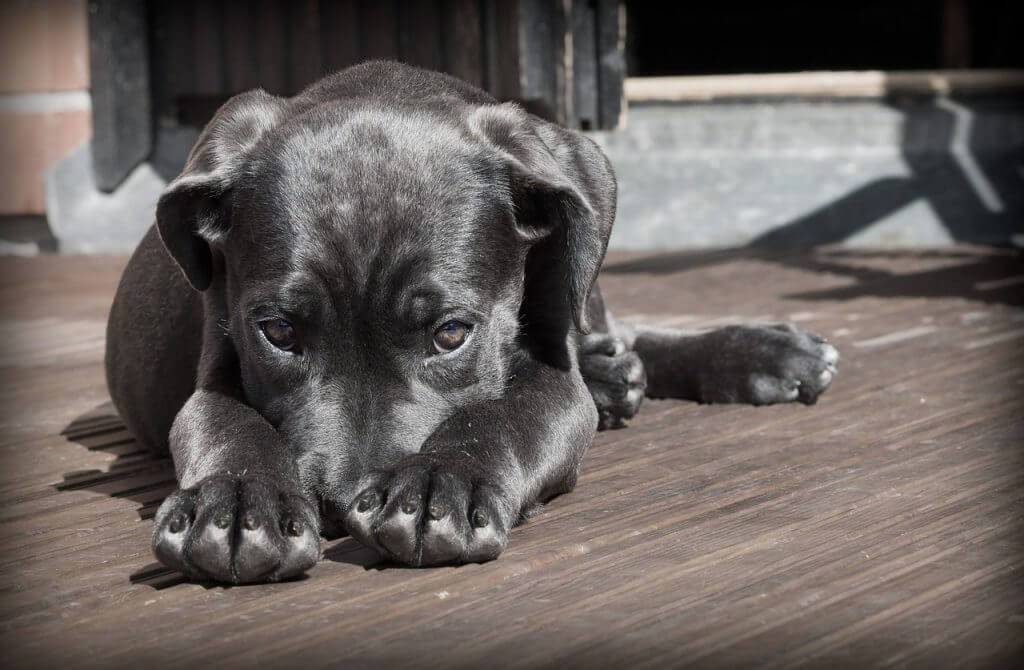
Whether you live by yourself and desire a companion or you want to make your family complete, the decision to own a pet should not be taken lightly as it comes with a great deal of responsibility — physically, emotionally, and financially.
There are several factors to consider before zeroing in on the first furry face that captures your attention as making an impulse decision is the worst thing you can do. For example, consider what your lifestyle is like (Always traveling? Night owl?), whether or not you have the financial means to care for a pet for the long-term, the type of environment you live in, whether or not you’re able to meet the animal’s needs, and whether or not it’s the right time in your life to become a pet parent.
Along with visiting local shelters and pet stores, one of the best ways to help you zero in on a choice is by researching the different breeds of dogs and cats. This exercise will help you determine everything from energy level to temperament so that you can choose a pet that fits your environment, personality requirements, and lifestyle. Once you’ve made a final decision, here’s what you need to be prepared for once your new pet comes home.
Pet-Proof Your Pad
Pets are a bit like having a kid, so you’ll want to take a few precautionary measures to ensure you preserve your home and keep your animal safe and healthy.
- Keep all chemicals, caustic substances, and dangerous implements locked away
- Place gates in the area where your pet will do its business
- Keep all people food out of reach — especially chocolate
- Place the garbage can under the sink or in a pantry to prevent a disaster
- Keep the doors closed of any rooms you don’t want your pet to access — especially those with danger
- Cover all outlets
- Put a fence around your yard
Be Prepared For Messes
From flying litter to outdoor debris to shedding, be prepared to clean up after your new pet…a lot. Keep an enzyme-based cleaner on hand to tackle urine stains and spots. Invest in a quality vacuum cleaner to help you effectively get rid of pet hair and dander. If you currently have a vacuum cleaner, but need to upgrade to one known for its pet hair cleaning performance (remember, not all vacuums were built to handle the fur!), read reviews first to make a sound decision. Also, it’s not a bad idea to have a pro conduct a top-to-bottom deep clean once in a while as well — especially if allergies are a concern.
The Acclimation Process
The acclimation process for dogs and cats is relatively similar as most animals require a period of adjustment. Give your new pet time to adjust on their watch; any forced actions on your side could cause more anxiety. Immediately begin by instituting a regular schedule so that your house starts to feel like their home. Observe your pet’s eating habits (and bathroom issues), keeping in mind that they may be light at first due to stress, anxiety or a change in diet.
The Bonding Experience
When it comes to bonding, the process is oftentimes faster with dogs as you are naturally spending more time outdoors for bathroom breaks — but that doesn’t replace regular playtime. Cats can be a bit trickier, but daily playtime, regular treats, no yelling or scolding, and letting your cat decide when it’s had enough handling are some general tips to breakthrough. You’ll know you’re on the right track when your feline rubs its head against you, purrs, blinks slowly while looking at you, jumps in your lap, rolls over on its back for a pet (aka social roll), and enjoys staying near you.
If you decide that it’s not the right time in your life to own a cat or a dog, consider getting a small pet of a different variety. This is not to say that you won’t be accountable for caring for the animal, but companions such as birds, reptiles, ferrets, mice, chinchillas, rabbits, turtles, hermit crabs, and fish don’t require as much one-on-one attention. Again, it’s best to avoid any pet if you don’t have a lifestyle conducive to taking care of another living thing.
